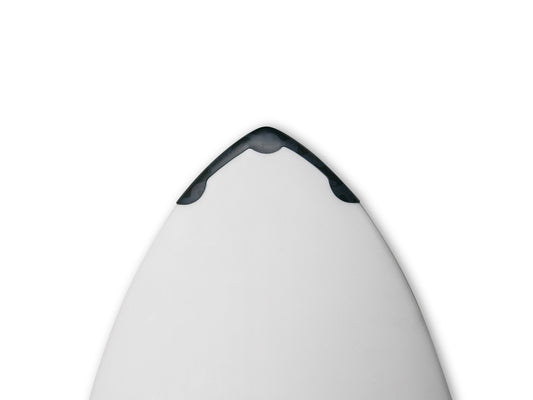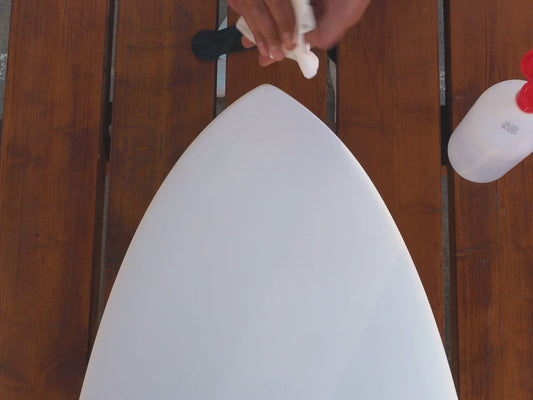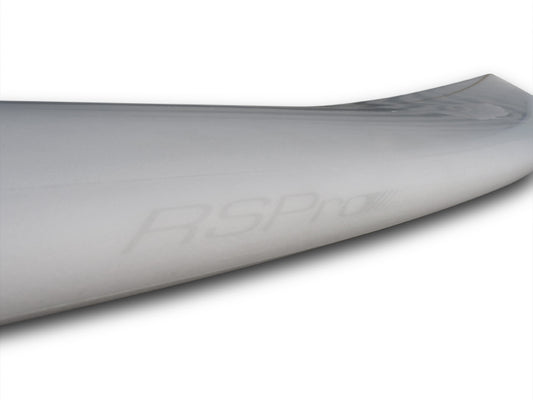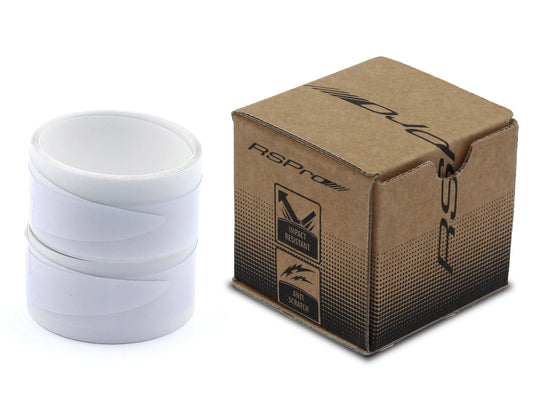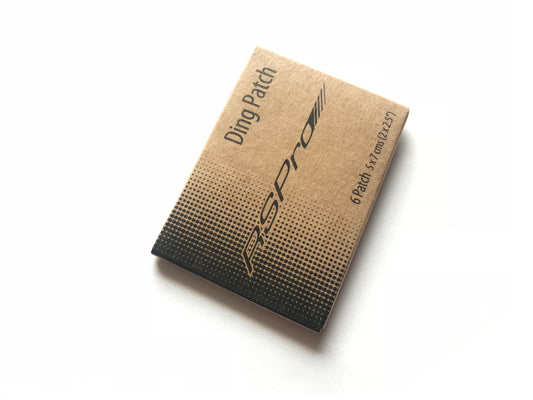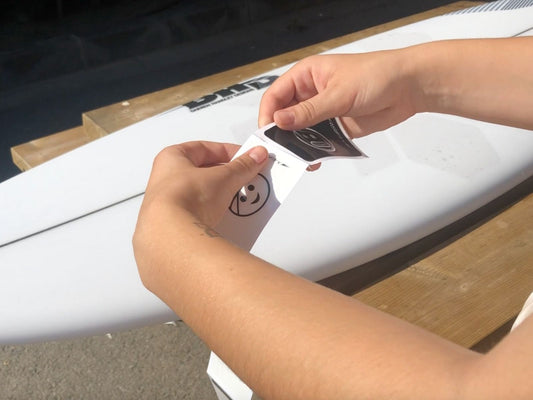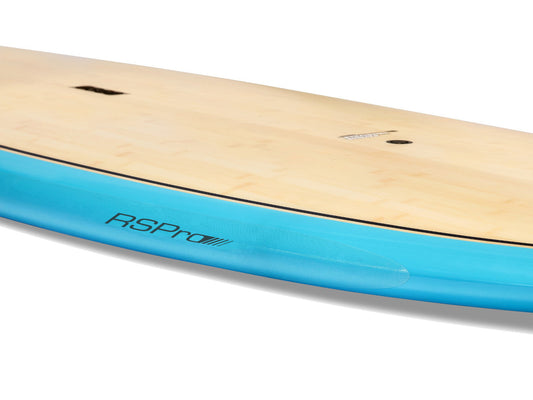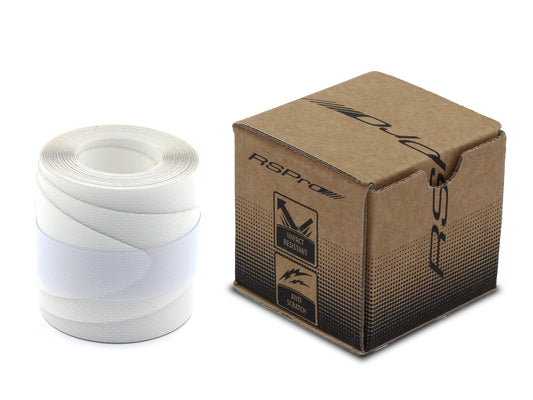Foil Boarding 101: Master the Basics and Soar Above the Waves
Carles CarreraShare
Introduction:
Welcome to the thrilling world of foil boarding, a sport that defies gravity and allows you to soar above the waves. As the founder of RSPro, I've always been passionate about innovation and pushing the boundaries of water sports. In this blog post, we'll cover essential equipment, safety tips, and beginner-friendly techniques to help you master the basics and take flight on a foil board.
And we’re doing it with the help of Shannon Stent, @larryfoiler at Instagram, founder of LfSupply, #teamRSPro rider and an expert on anything foilboarding.
Shannon: “I have been foilboarding since October 2018, after seeing some videos online of Kai Lenny and Ryan Hurley pumping and linking multiple waves I knew that it was something that I just had to do.
Back in 2018 there weren’t too many options to buy foil gear in Australia, so I really had to take a risk and buy my first setup online and hope for the best.
There were no foil schools or anyone to teach me back then so I had to learn it the hard way. After a few hours behind the boat and feeling my first glides in the surf, I’ve been hooked ever since!”
Let’s go foilers.
Essential Equipment for Foil Boarding
To get started with foil boarding, you'll need the right equipment, including:
- Foil Board: Choose a beginner-friendly board with enough volume and stability to help you find your balance as you learn.
- Hydrofoil: The hydrofoil consists of a mast, wings, and fuselage. For beginners, a larger front wing and a shorter mast will provide more stability and lift at lower speeds.
- Foot Straps (optional): Some riders prefer using foot straps to help maintain control and connection with the board. However, they are not essential, and you can learn without them.
- Personal Flotation Device (PFD): Always wear a PFD for safety while learning to foil board.
- Helmet: A helmet is essential to protect your head from potential impacts with the board or foil.
- Wetsuit or Rash Guard: Wear appropriate clothing to protect yourself from the elements and potential chafing.

Safety Tips for Foil Boarding Beginners
Foil boarding can be challenging and potentially dangerous, especially for beginners. Keep these safety tips in mind:
- Learn in calm, flat water with minimal boat traffic and obstacles.
- Start with a short mast and progress to a longer one as your skills improve.
- Keep a safe distance from other water users, as the foil can cause serious injury if it makes contact.
- Use a leash to prevent your board from getting away from you in case of a fall.
Shannon: “The foiling community is really inclusive and supportive, sharing rides with your friends only enhances the experience”
Foil Boarding Techniques for Beginners
With the right equipment and safety precautions in place, it's time to learn some basic foil boarding techniques:
- Start by practicing your board starts and maintaining your balance on the water's surface without engaging the foil.
- As you become comfortable, gradually apply more back foot pressure to engage the foil and lift off the water. Remember to keep your weight centered and knees slightly bent.
- Focus on maintaining a smooth, controlled flight by gently shifting your weight and adjusting the angle of the foil.
- Practice turning by shifting your weight and leaning into the turn. Begin with gentle turns before attempting more aggressive maneuvers.
- Learn to pump the foil to maintain lift and generate speed.
Shannon ads: “I would recommend learning for at least one hour behind a boat or jet ski at slow speed. This gives you consistent conditions to learn the feel and behaviour of the foil and board. It helps you figure out your equipment setup and your own weight distribution. Once you can confidently fly behind the boat, you can then start to think about letting go of the rope and riding the wake, or taking your new skills into the waves!”

Conclusion
Foil boarding is an exhilarating water sport that challenges the limits of traditional surfing and opens up a whole new world of possibilities. By following these essential tips and beginner-friendly techniques, you'll be well on your way to mastering the basics and soaring above the waves. Remember, practice makes perfect, so don't be discouraged by early setbacks – keep pushing your limits, and you'll be flying high in no time!
Shannon: “The thing I love most about foilboarding is that it allows you to escape the crowds of traditional surf breaks. You can ride parts of the ocean that were otherwise unsurfable"

Next steps on your Foilboarding journey
Once you're comfortable with the basics of foil boarding, you'll want to ensure your equipment is in top shape. RSPro offers premium quality, innovative products designed to elevate your water sports experience. Check out our range of foil boarding accessories and join the RSPro community of rebels pushing the boundaries of what's possible in the water.
Shannon ads: “I love exploring the possibilities of foiling and one of those challenges has been flat water foiling. Dock starts and beach starts allow us to get up and riding in flat water and pump around on days when there are no other options.
This type of foiling usually involves some sort of running start and a leap of faith straight onto your board, keeping your momentum and launching straight into some hard pumping.
Everything happens so fast and one mistake and it’s all over.
The first time I ever tried beach starting I probably failed 50 times before eventually nailing my first one. It’s always a fun way to burn energy and a great source of entertainment for onlookers :-)”

